
Martin Scorsese caused a storm yesterday when the American auteur joined Letterboxd, an app that movie watchers use to log movies they’ve watched. While the memes have been plentiful, it is wonderful to see Scorsese join another Gen Z-heavy app (the filmmaker made an appearance on his daughter’s, Francesca Scorsese, TikTok to show how well he knows Gen Z lingo) because it shows that Scorsese knows how to stay relevant in the modern culture.
Now on Letterboxd, Scorsese has found his young audience and is taking the chance to share some wisdom and cinema history with them.
In a list created by the filmmaker titled “Companion Films,” Scorsese writes, “I love the idea of putting different films together into one program. I grew up seeing double features, programs in repertory houses, [and] evenings of avant-garde films in storefront theatres. You always learn something, see something in a new light, because every movie is in conversation with every other movie. The greater the difference between the pictures, the better.”
Scorsese continues writing, saying that he has been asked over the years to pair his films with the ones that inspired him. While he states that “inspiration” and “influence” are not accurate terms for this list he created, he does say that these companion films capture the spirit of his related projects.
Here is a slide show of companion films to Scorsese’s filmography, created by the legend himself.
‘Killers of the Flower Moon’

There are quite a few films that influenced Scorsese’s latest Western epic, Killers of the Flower Moon.
To kick off the list, Scorsese credits The Heiress as being a source he turned to when discovering how to create and examine the relationship between Leonardo DiCaprio’s character and Lily Gladstone’s.
Scorsese also looked to The Heiress for its emotional brutality. The complicated relationships between the characters drive the story forward, motivating the characters to do the unspeakable acts that they believe to be the right thing to do.
Other films that Scorsese turned to for Killers of the Flower Moon include:
- The Last of the Line (1914)
- The Lady of the Dugout (1918)
- Blood on the Moon (1948)
- Red River (1948)
- Wild River (1960)
‘The Irishman’

The Irishman was a genre film that reflected the genre that is quintessential to Scorsese’s success in American cinema. Similar to GoodFellas and Casino, The Irishman was about the relationships between the characters. The music from Touchez Pas au Grisbi scores the quiet violence that takes place throughout the film, highlighting the pain behind planning criminal enterprise.
Other films that served as companion pieces to The Irishman include:
- Rififi (1955)
- The Day of the Jackal (1973)
‘Rolling Thunder Revue: A Bob Dylan Story’

Scorsese’s second project about Bob Dylan couldn’t be a continuation of No Direction Home. For Rolling Thunder Revue, Scorsese focused on Boby’s life and music, bending reality and fiction to explore the creation of great art.
Abbas Kiarostami’s film, Close-Up, which tells the story of a man named Hossain Sabzian who impersonated the Iranian director Mohsen Makhmalbaf, deals with loneliness, cinema, and what happens when you try to make a film. For Scorsese, “this community of artists that he wanted so much to be a part of is like the traveling troupe of artists in the Rolling Thunder Revue. They’re the best of family and the worst of family, but a family all the same. Close-Up really represents that.”
‘Silence’

Silence was an overwhelming spiritual commitment for Scorsese, and two films captured that energy that the filmmaker felt. Those two films include:
- Monsieur Vincent (1947)
- Lourdes (2009)
‘The 50 Year Argument’

This documentary that examined the history of the New York Review of Books and its influence challenged Scorsese and David Tedeschi. How were they going to bring this idea to life through cinema? Why should it be cinema when it’s all about words? A film that became a guiding light for Scorsese and Tedeschi was The Taking of Power by Louis XIV (1966).
‘The Wolf of Wall Street’
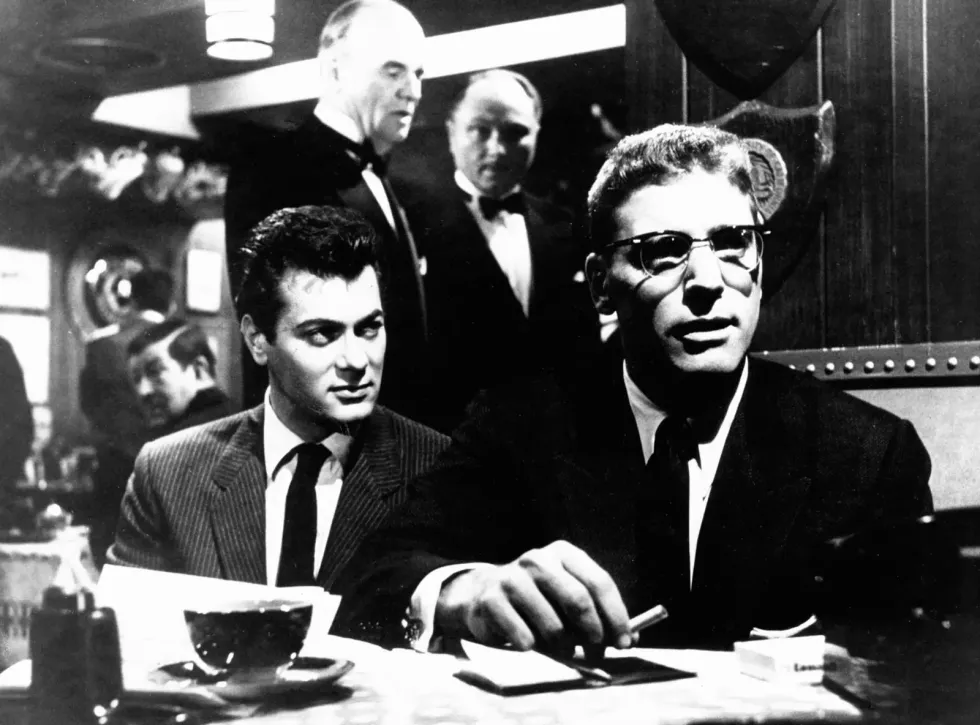
What is there to say about The Wolf of Wall Street? It is a perfect example of the lust of greed in cinema and the corruption of men with power. It should come as no surprise that Sweet Smell of Success served as inspiration to Scorsese when crafting the language of the characters in The Wolf of Wall Street.
The Appointment is also cited as a companion movie to The Wolf of Wall Street.
‘George Harrison: Living in the Material World’

Scorsese is quick to dismiss George Harrison: Living in the Material World as a documentary. Instead, he sees the film as a portrait of Harrison’s life, music, and spiritual orientation. The beauty of culture crafted by a single person is something Scorsese was looking for when making film.
The companion film to George Harrison: Living in the Material World is The River (1951).
‘Public Speaking’

It is difficult to capture the energy of someone on the screen without knowing exactly what their energy looks like. Scorsese discovered Fran Lebowitz’s, the subject of Pubic Speaking, energy with The Empoeror’s Naked Army Marches On.
Scorsese writes, “With Fran Lebowitz, the writer, cultural commentator and raconteur, I thought: what do you do but just unleash her before the camera? She’s completely uninhibited, uncensored, it flows out and she’s often speaking the truth. You might not agree with it, but it’s the truth. That’s exactly what Hara did with Kenzō Okuzaki, who he just follows around as he tries to right what he sees as the wrongs of WWII. Fran is funnier.”
‘Hugo’
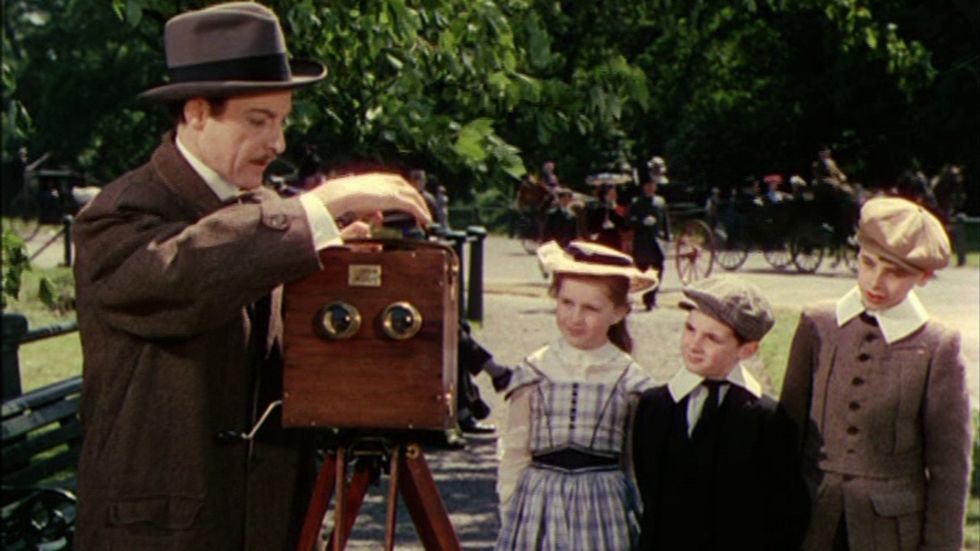
Hugo is a strange film on Scorsese’s list of filmography because it’s one of his few family-friendly films. It is whimsical and delightful in its celebration of cinema, blending fantasy with reality as if we are living in the imagination of a child.
The companion films to Hugo include:
- A Kid for Two Farthings (1955)
- The Magic Box (1951)
‘A Letter to Elia’

A Letter to Elia was a simple and more intimate look at one of Scorsese’s formative filmmaking influences: Elia Kazan. While Kazan’s filmography inspired Scorsese greatly, it was Kyoto, My Mother’s Place that helped Scorsese crafts a beautiful and quiet portrait of Kazan.
‘Shutter Island’

Scorsese showed DiCaprio, the star of Shutter Island, a few post-war noir films that captured the tone, imagery, and framing of Shutter Island. The biggest influence the Scorsese points to for this film is Out of the Past.
“Within the film, there’s something mysterious about the past itself as it unfolds in the flashbacks,” Scorsese writes. “I felt this even at the age of six, when I saw the picture for the first time… on a double bill with Bambi! For me, it doesn’t have a beginning or a middle or an end—I’ve always felt like I could enter it anywhere, at any point, and experience it like a dream. In a sense, there’s a metaphysical level to the movie, in that it deals with the past as a presence, a force. I had that very much in mind when I made Shutter Island.”
‘Shine a Light’
Martin Scorsese captured the raw energy of the legendary band the Rolling Stones over a two-day period at the Beacon Theater in New York City in 2006 for Shine a Light.
Two films that inspired the movement and the avant-garde energy Scorsese wanted and did capture for Shine a Light include:
- 9 Variations on a Dance Theme (1967)
- The Inauguration of the Pleasure Dome (1954)
‘The Departed’

The Departed is a masterfully made film that is both entertaining and thought-provoking. The story leaves the audience on the edge of their seat as Scorsese quietly cues those small signs of what is to come.
The companion films to The Departed are:
- Ashes and Diamonds (1958)
- The Third Man (1949)
‘No Direction Home: Bob Dylan’

A big part of No Direction Home: Bob Dylan was a “sense of camaraderie and mutual respect and shared freedom between the musicians,” which was ever present in Bert Stern’s Jazz on a Summer’s Day.
‘The Aviator’

The Aviator is a film about obsession, cinema, and unhinged spirits that lead to unforgiving places. Edgar Wright recommended Lindsay C. Vickers’ film The Appointment, which became a source of inspiration for several of Scorsese’s films.
‘Gangs of New York’

Sam Fuller’s Park Row had a powerful effect on Scorsese’s use of dialogue in his career, but the influence is never as powerful as it is in Gangs of New York.
While Scorsese calls Park Row‘s acting and dialogue blunt and unsophisticated, he notes the “dirt cheap” pulp movies are pure cinema. But at the core of Fuller’s pictures is pure cinema. This is one of his earliest, most personal, and best, and the force of it was what I was trying to get at with Gangs of New York,” Scorsese writes.
‘Bringing Out the Dead’

Bringing Out the Dead is a visually stunning film that is a must-see for cinephiles. The film also features a number of memorable and iconic scenes, such as Frank’s hallucination of the talking patient and his encounter with the angel of death.
The companion films to Bringing Out the Dead are:
- The Flowers of St. Francis (1950)
- Ordet (1955)
‘Kundun’

Kundun is a beautifully made and thought-provoking film that is sure to stay with viewers long after they have seen it. Told through the eyes of His Holiness, Kundun brings to life the account of the Dalai Lama’s early life, from childhood through the Chinese invasion of Tibet and his journey into exile.
Two films that serve as companion films to Kundun include:
- The Horse Thief (1986)
- Yeelen (1987)
‘Casino’
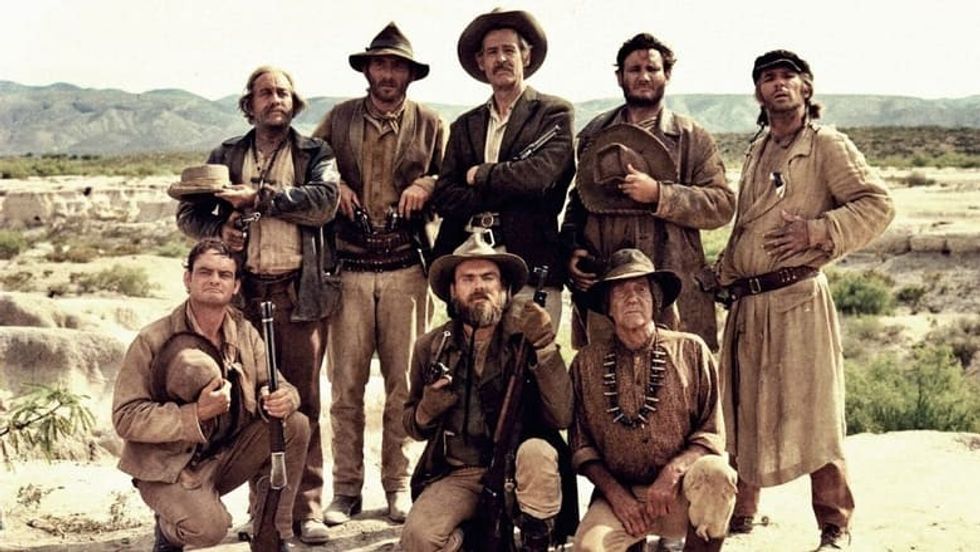
While it is less popular than GoodFellas, Casino is just as stylized and lawless. There is a visual element that defines a gangster film that Scorsese has popularized and made defining elements of the genre, but there is also a code of honor that can’t be broken without consequences.
Casino‘s companion film is The Wild Bunch (1969).
‘The Age of Innocence’

Blending America’s past with the Old New York, The Age of Innocence is a story about the prison of wealth in America.
The films that are companions to The Age of Innocence include:
- The Leopard (1963)
- The Heiress (1949)
‘Cape Fear’

Scorsese’s remake of Cape Fear (1991) doesn’t feel like a remake. Instead, it is something more intense. There is a terror and impending fear that was understated in the original Cape Fear that makes Max Candy a terror to the Bowden family.
The companion film to Scorsese’s Cape Fear is The Night of the Hunter (1955).
‘GoodFellas’
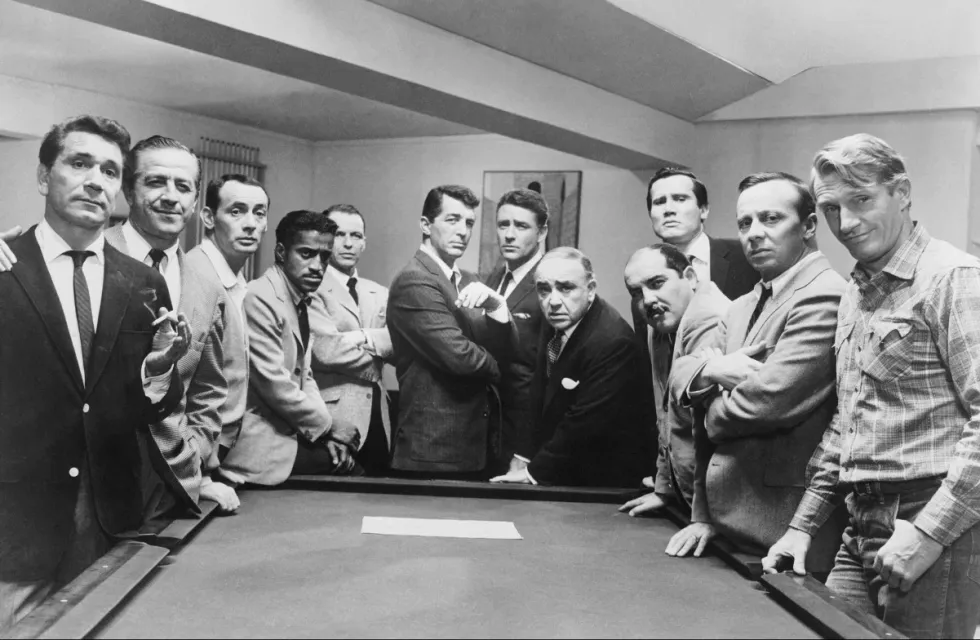
There is a coolness and ease that comes from that first line in GoodFellas when Henry Hill (the late Ray Liotta) says, “As far back as I can remember, I always wanted to be a gangster.” There is energy behind the film that is reminiscent of the French New Wave, an energy that thrusts the audience into the lives of the characters who consume the screen.
The films that serve as companion films to GoodFellas include:
- Ocean’s 11 (1960)
- Jules and Jim (1962)
‘The Last Temptation of Christ’

Perhaps one of his most polarizing films, The Last Temptation of Christ is Scorsese looking at the presence of Jesus. Filmmaker Pier Paolo Pasolini created two films that tell the story of Jesus, one that Scorsese calls the “extraordinary” and the other “the lowest of the low.”
The companion film to The Last Temptation of Christ is Accattone (1961).
‘Life Lessons’

Life Lessons, one of the segments in New York Stories, is a story of obsessions and the relentless quality of a relationship based on Dostoyevsky’s The Gambler. A woman serves as a lover and muse and becomes the root of tension in the artist’s life.
The companion film for Life Lessons is Eva (1962).
‘Made in Milan’

“Not many people have seen Made in Milan, a film I made about Giorgio Armani,” Scorsese writes. The film follows Armani as he prepares for a show and discusses his principles of fashion. A large inspiration for how Scorsese wanted to capture Armani was based on the coolness of Cary Grant.
The companion films to Made in Milan include:
- People Will Talk (1951)
- Notorious (1946)
- North by Northwest (1959)
‘The Color of Money’

The relationship of the “mentor” and the untutored youth, corrupted along the way was a central theme in The Color of Money, which told the story of a former pool hustler returning to the game to teach a young pupil how to win. For Scorsese, the formula of this trope was created by Dino Risi.
The companion film to The Color of Money is Il Sorpasso (1962).
‘After Hours’

After Hours is a dizzying error of comedy that devolves into a nightmare. The action moves faster than the character, and the poor character can’t catch up.
The films that serve as a companion to After Hours include:
- The Inside Story (1948)
- Getting Gertie’s Garter (1945)
- Up in Mabel’s Room (1944)
‘The King of Comedy’

The King of Comedy has been re-evaluated as one of Scorsese’s greatest films in his filmography. Scorsese writes about his inspiration for the film, writing “I love comedy and comedians, the very fine line between humor and absolute bitterness. I’ve used a lot of comedians in my pictures, come to think of it: Albert Brooks, Don Rickles, Alan King, Sandra Bernhard, Catherine O’Hara, Sacha Baron Cohen, and many others.”
The King of Comedy, however, travels down the desperation and despair of a comedian who uses his pain for laughter. Every laugh becomes more and more uncomfortable with each joke
The companion film to The King of Comedy is Station Six-Sahara (1963).
‘Raging Bull’

The emotional core of Raging Bull is between Jake and his brother Joey, and the ego that drives them to the ends of their respective stories.
The companion films for Raging Bull include:
- On the Waterfront (1954)
- Force of Evil (1948)
- Gertrud (1964)
- Rocco and His Brothers (1960)
‘The Last Waltz’

The Last Waltz was not a traditional concert documentary. Instead, it felt like a movie, with characters that expressed themselves through visual reactions rather than through words. For Scorsese, this film encapsulates what he is trying to do as a filmmaker for the art of cinema.
The companion film to The Last Waltz is The Tale of Hoffmann (1951).
New York New York

New York New York tells the story of an aspiring saxophone player who meets established USO band singer Francine Evans during V-J Day celebrations at the end of World War II. The relationship between the two musicians became essential to Scorsese when finding inspiration for the film.
The companion films to New York New York include:
- Blue Skies (1946)
- The Man I Love (1946)
- Love Me or Leave Me (1955)
‘American Boy: A Profile of Steven Prince’
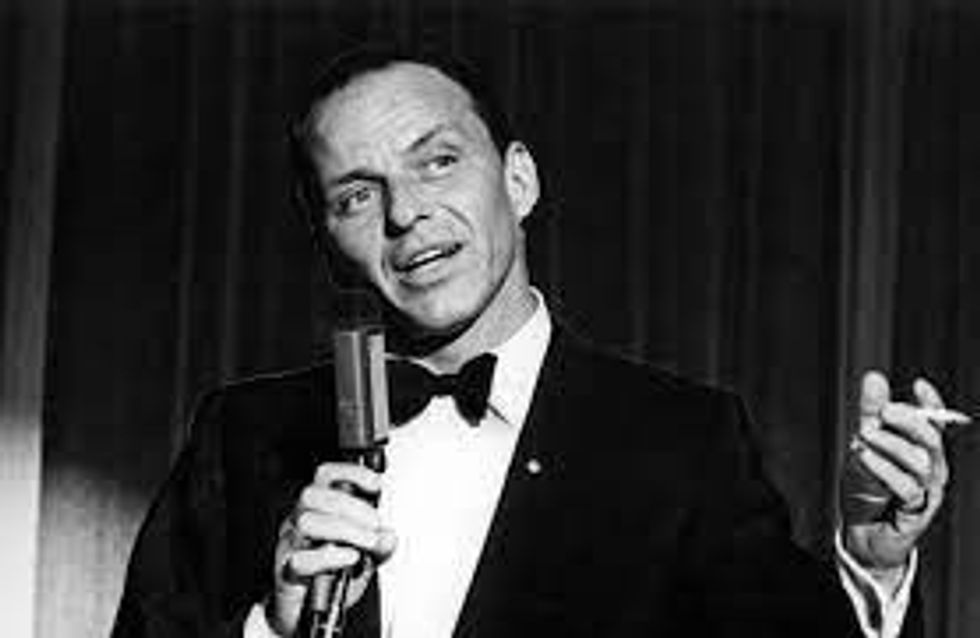
Steven Prince was an old friend of Scorsese who told stories with a different energy than him. Scorsese calls Prince’s stories “hilarious and hair-raising, and they have a suicidal no-holds-barred spirit.” He wanted to capture this frantic energy in American Boy: A Profile of Steven Prince.
The companion film to American Boy: A Profile of Steven Prince is The Joker Is Wild (1957).
‘Taxi Driver’
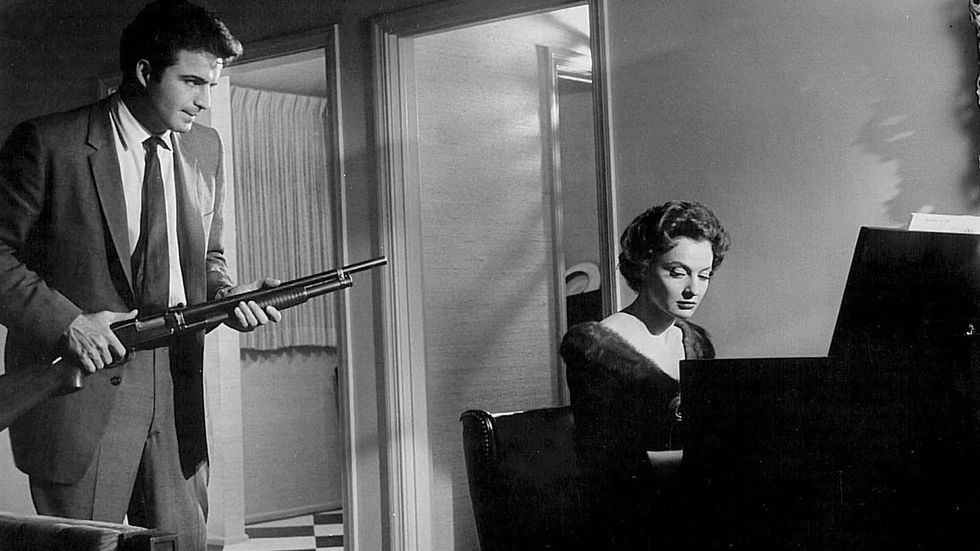
I saw this low budget independent picture about a hired killer on a double bill with The Journey by Anatole Litvak—I went to see the second, but I came away thinking about the first,” Scorsese wrote. “The spareness, the single-mindedness of the killer (played by Vince Edwards), the ritualized quality of his preparation and his actions… it haunted me and came directly to mind when I made Taxi Driver.”
The companion film to Taxi Driver is Murder by Contract (1958).
‘Alice Doesn’t Live Here Anymore’

Alice Doesn’t Live Here Anymore was the first film where Scorsese worked with Technicolor. The process was amazing to him. The vibrant, overflowing colors heightened everything, giving the stories that use Technicolor a David Lynch feel.
The companion film to Alice Doesn’t Live Here Anymore is Take Care of My Little Girl (1951).
‘Italianamerican’
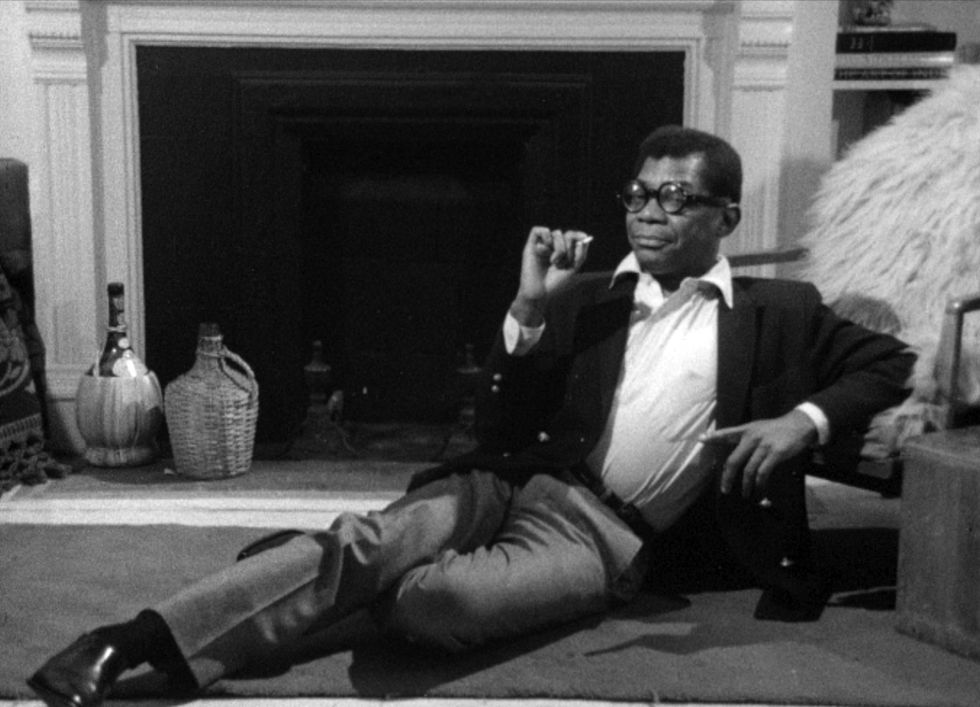
Italianamerican looked at the Scorsese family and the beauty of their existence in the frame. Scorsese wanted to focus on the reactions of the comments off-screen, the way his parents speak to the camera and each other, and the beauty of visual language, the element that makes cinema such a unique art form.
The companion piece to Italianamerican is Portrait of Jason (1967).
‘Mean Streets’

Mean Streets examined the artistic/political crossroads in Scorsese’s life. He was driven by the desire to express his world and his feelings toward it through cinema.
The companion piece to Mean Streets is Before the Revolution (1964).
‘Boxcar Bertha’

Exploitation cinema revolutionized cinema in the ’60s and ’70s. The best part about the genre was that it could be made for pennies. Run and gun filmmaking was the rage, and pushed a new movement for young and hungry filmmakers to go out and make something… anything! It is why Boxcare Bertha was inspired by the indie filmmakers that later defined the ’60s and ’70s era of filmmaking.
The companion piece to Boxcar Bertha is Guns Don’t Argue (1957).
‘Who’s That Knocking at My Door?’

Finally, Scorsese’s first film, Who’s That Knocking at My Door, was a film that got him started on his long and successful career as a filmmaker. What inspired Scorsese to create this film was to examine his own lived experiences and bring them to life in extraordinary ways. Scorsese’s companion film for Who’s That Knocking at My Door “demolished the idea that moviemaking had to be expensive and monolithic and technically perfect—if you had something to say and you said it, by any means necessary, that was the most important thing. Shadows was made 100% independently.”
The companion film to Who’s That Knocking at My Door is Shadows (1958).
Source: Letterboxd
Author: Alyssa Miller
This article comes from No Film School and can be read on the original site.
